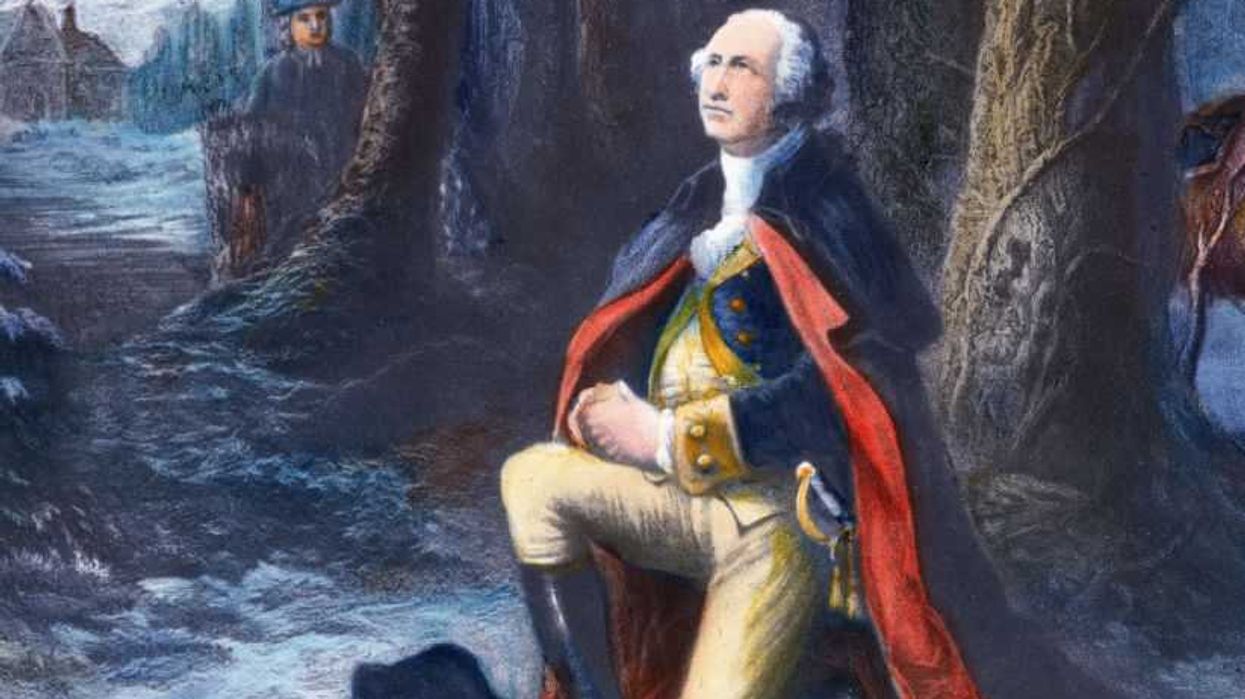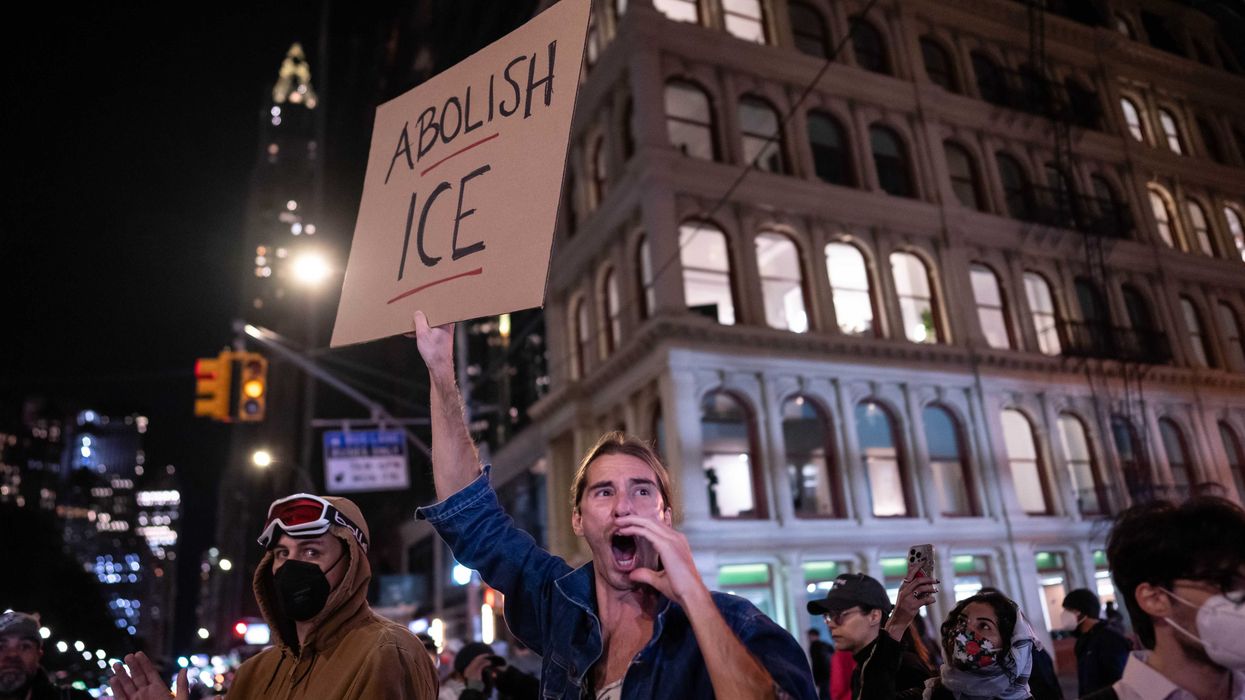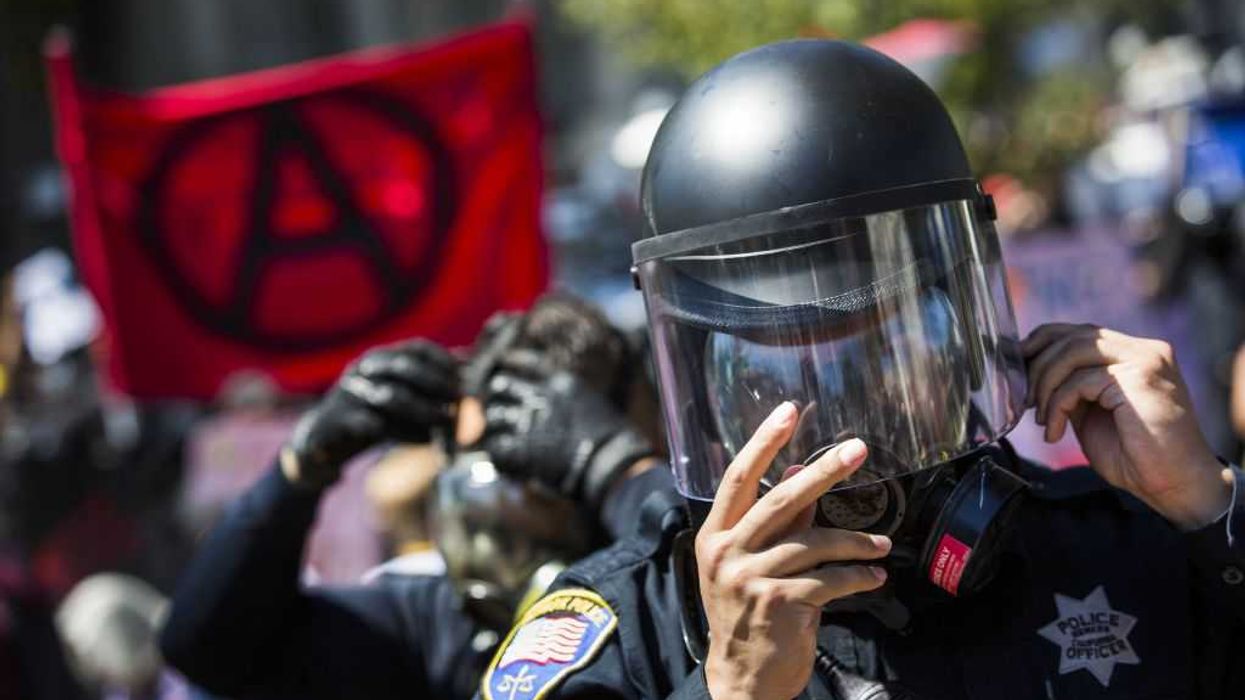In 1965, Lyndon Johnson announced his War on Poverty initiative, a sweeping vision of government intervention to provide all manner of welfare to those in need. Today, America has over 70 welfare programs to aid the poor and has spent $22 trillion on the so-called War On Poverty. One would think such massive resources and efforts would have eradicated --- or greatly lessened --- poverty in America. Instead, the poverty rate, which was 14 percent in 1965, has increased to 14.3 percent. In this four-part series, we explore the failed War on Poverty and how more government is never the answer.
War on Poverty Part II: The Great Depression
The United States of America changed the world. The American experiment, launched by its Founders, revolutionized how the world viewed personal freedom, government, business, culture, commerce --- everything. It set an example for liberty that captured the world's envy and imagination. In short, the American experiment worked.
It worked so well that the poverty rate went from 90 percent in colonial America to 14.3 percent today. Some would argue the War On Poverty lowered that rate and not American exceptionalism. They would be wrong. The poverty rate before Lyndon Johnson and the Welfare Act was actually lower than today --- 14 percent.
Naturally, there were bumps along the way, including a few major ones like 1929 and The Great Depression, when the financial house of cards collapsed and an overinflated stock market plunged. For the majority of America, it meant interminable lines outside factory gates, hunger and a march of the unemployed on the nation's capitol. Practically overnight, an economic blizzard swept the world.
During the crash of 1920, the hands-off policies of President Harding's administration allowed the free market to correct itself and send America into the Roaring Twenties. In 1929, there was a completely different approach.
Government intrusion and welfare programs increased exponentially after Franklin Roosevelt's election in 1932. Rather than help end the depression, his actions actually deepened it. Americans who had seen tough times before had never seen anything like this.
In 1932, the situation became so dire that 3,000 unemployed workers marched on the Ford plant in Dearborn, Michigan. It was the same Ford plant that a decade before had doubled workers' pay. Working at the Ford plant was so prestigious throughout the decades prior that a job there was a status symbol. In 1932, 3,000 unemployed and struggling workers were attacked by Dearborn police and Ford's company guards, who killed four and injured many more.
In March of that same year, FDR signed the Emergency Baking Act into law and the FDIC was born. He also ordered the nation off the gold standard. Then came the Civilian Conservation Corp, the Federal Emergency Relief Action, the National Industrial Recovery Act, the National Labor Board, the Tennessee Valley Authority, the Glass-Steagall Act, the Soil Erosion Service, the Civil Works Administration, Works Progress Administration, the Wagner National Labor Relations Act and the Social Security Act --- all by 1935.
Much more government intervention was to come, but no relief. In fact, things actually got worse.
By 1937, five years after FDR took office, the percentage of Americans living in poverty had hit 45 percent. That same year, frustrated and beaten down workers at Republic Steel's south Chicago plant and their families tried to combine a picnic with a rally and demonstration. Chicago Police moved in and opened fire on the crowd. Ten people were killed and a dozen more wounded in what is now called the Memorial Day Massacre.
The Great Depression stretched on throughout the 1930s and into the '40s, with rationing and shortages until America's war machine geared up enough to finally overcome the joblessness and stagnation. By most estimates, the Depression lasted 13 years. Yet, millions of Americans continue to revere FDR, including former NBC anchor Tom Brokaw who called FDR a "demigod" in his household.
Listen to the Full Series on War on Poverty

 AASHISH KIPHAYET / Contributor | Getty Images
AASHISH KIPHAYET / Contributor | Getty Images
 Harold M. Lambert / Contributor | Getty Images
Harold M. Lambert / Contributor | Getty Images Adam Gray / Stringer | Getty Images
Adam Gray / Stringer | Getty Images Anadolu / Contributor | Getty Images
Anadolu / Contributor | Getty Images